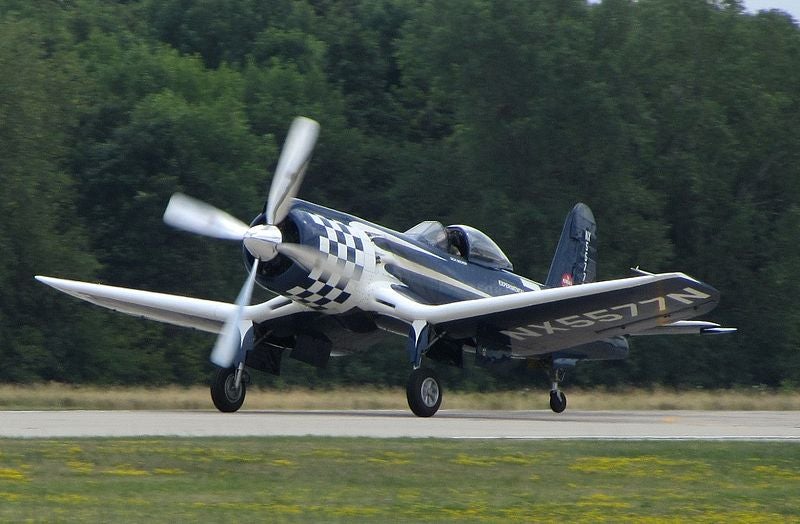 "ttyymmnn" (ttyymmnn)
"ttyymmnn" (ttyymmnn)
05/29/2015 at 11:05 • Filed to: planelopnik, planelopnik history
 3
3
 14
14
 "ttyymmnn" (ttyymmnn)
"ttyymmnn" (ttyymmnn)
05/29/2015 at 11:05 • Filed to: planelopnik, planelopnik history |  3 3
|  14 14 |
This is today’s Aviation History Speed Round , getting you caught up on milestones and important historical events in aviation from May 27 through May 29.
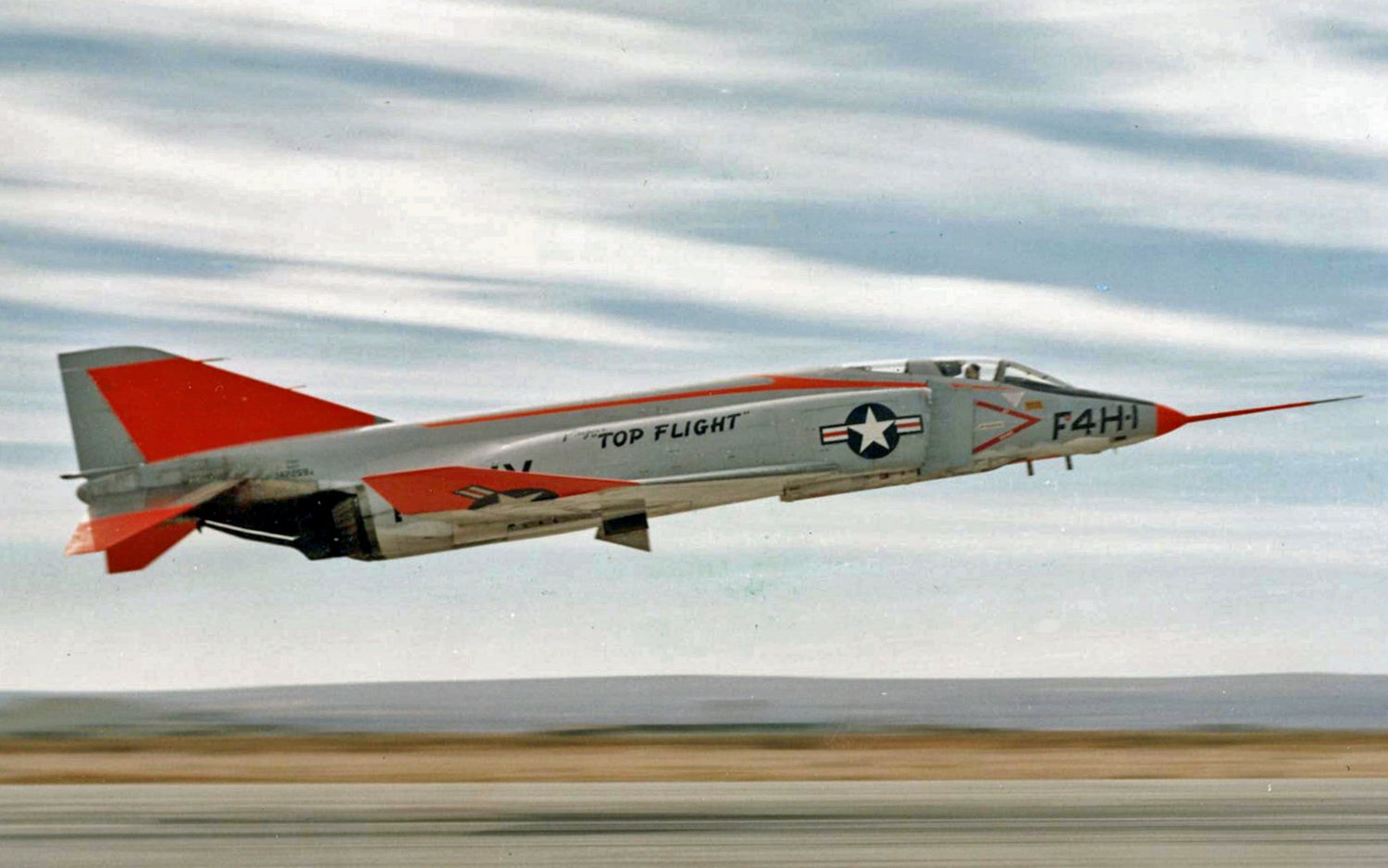
May 27, 1958 – The first flight of the McDonnell Douglas F-4 Phantom II.
Development of the Phantom began with an internal McDonnell Douglas project to upgrade their own
!!!error: Indecipherable SUB-paragraph formatting!!!
fighter in the hopes of providing the Navy with a dedicated attack aircraft, something that McDonnell Douglas felt the Navy needed. While the Navy didn’t show much interest in the idea initially, they presented McDonnell Douglas with a new set of requirements for an all-weather fleet defense interceptor. So the designers added a second crew member to operate the powerful new radar, and the Phantom II was born. Entering service with the US Navy in 1960 as the F4H (it was redesignated F-4A in 1962), the Phantom was soon adopted by both the Marine Corps and the US Air Force and flew with great effect in the Vietnam War first as an air superiority fighter, then later taking on the roles of ground attack and reconnaissance. It was also the only aircraft to be flown by both the US Air Force Thunderbirds and the US Navy Blue Angels. When production finally ended in 1981, 5,195 Phantoms had been produced, making it one of the most successful jet fighters ever produced.
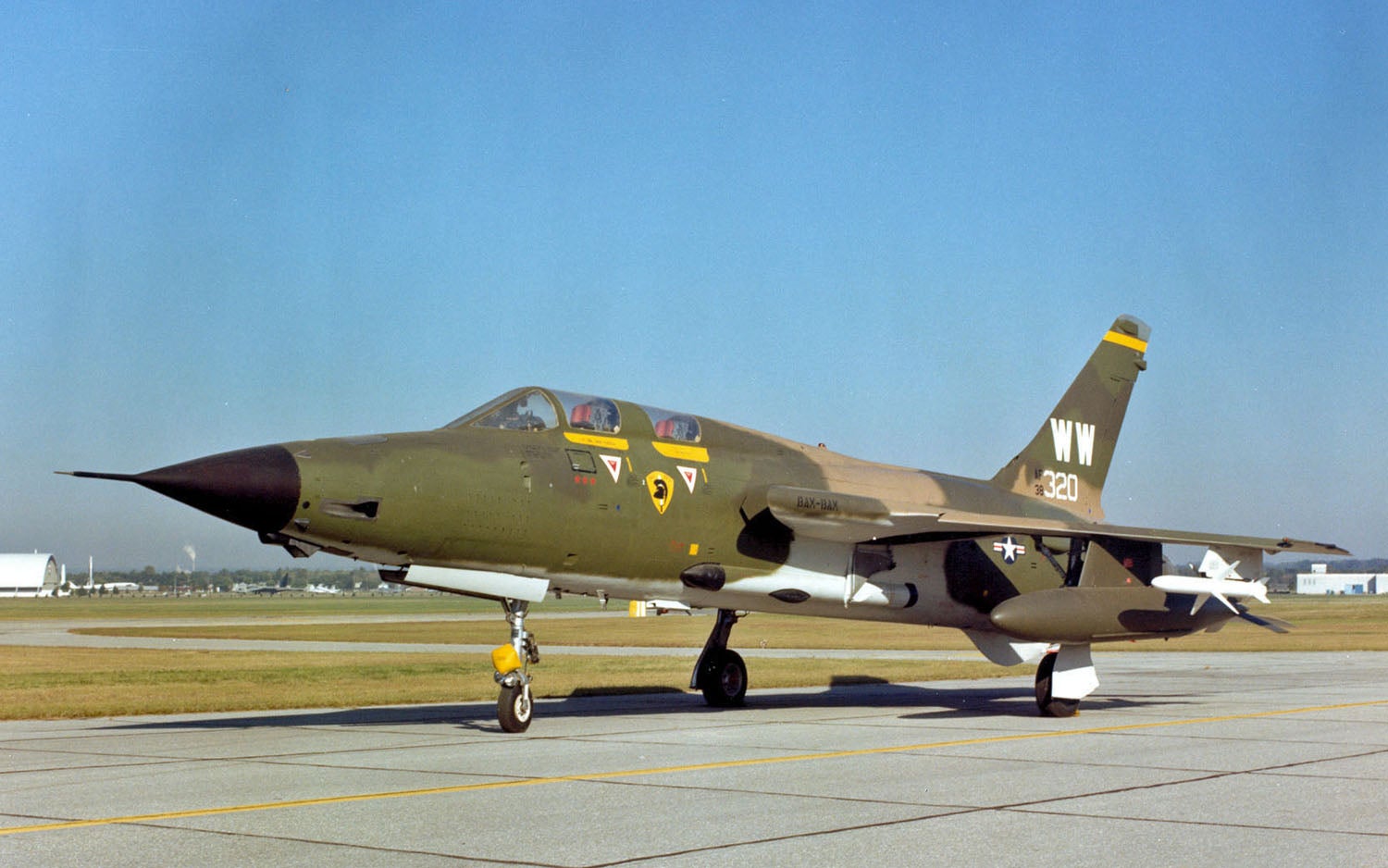
May 27, 1959 – The introduction of the Republic F-105 Thunderchief. The Thunderchief traces its lineage back to the original Republic F-84F Thunderstreak and RF-84F Thunderflash reconnaissance aircraft. Starting with the Thunderflash, Republic moved the air intakes to the wing roots to accommodate cameras in the nose, and this design feature carried over into the Thunderchief. The Thunderchief was originally designed as a fighter-bomber that could deliver a nuclear weapon, thus it is a very large aircraft that sacrificed maneuverability for speed and placed emphasis on a large payload and low-altitude flight characteristics to penetrate enemy defenses and deliver a nuclear strike. The powerful new fighter-bomber reached Mach 1.2 on its maiden flight in 1955, and the “Thud” became the primary Air Force ground attack aircraft for the early part of the Vietnam War, though its pilots also claimed 29 enemy fighters shot down during the conflict. The F-105 was eventually phased out in favor of newer aircraft, particularly the McDonnell Douglas F-4 Phantom II, though the !!!error: Indecipherable SUB-paragraph formatting!!! electronic warfare variants served until the end of the conflict. Ultimately, 833 Thunderchiefs were produced, and the type was retired in 1984.
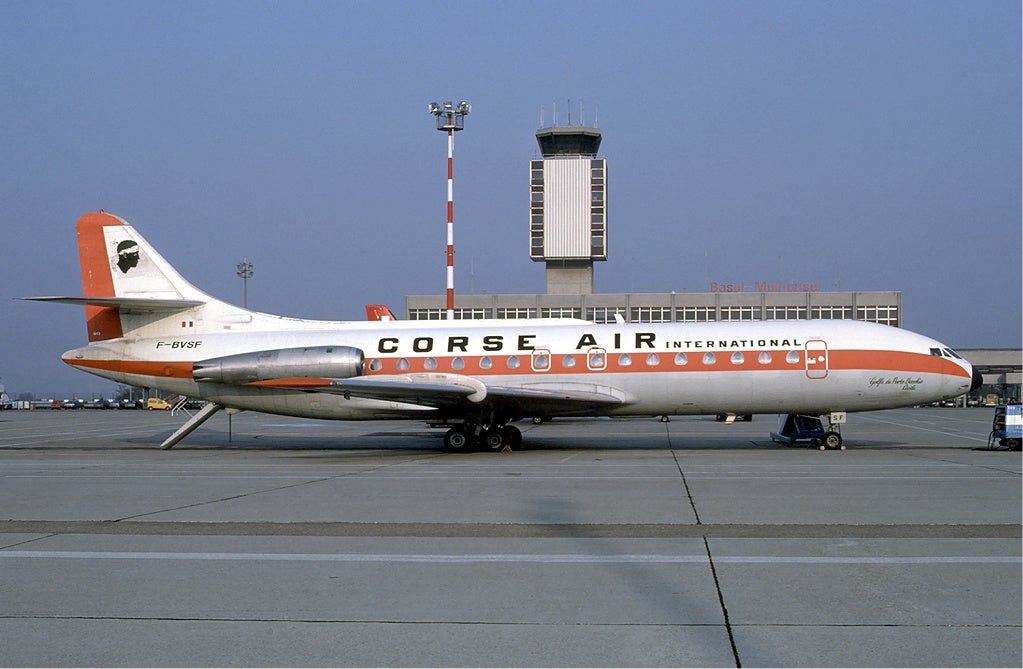
May 27, 1955 – The first flight of the Sud Aviation Caravelle.
In 1951, the
Comité du matériel civil
requested designs for a medium-range airliner that would accommodate 55-65 passengers and 1000 pounds of cargo with a range of 1200 miles while cruising at 370 mph. They received a total of 20 designs, a mix of turbojets and propeller aircraft, most with wing-mounted engines, but the Caravelle was declared the winner in 1953. Sud designers licensed the complete nose and cockpit from the
!!!error: Indecipherable SUB-paragraph formatting!!!
, but the clean wing and rear-mounted engines were Sud innovations that would set the style for future airliners to follow. A total of 282 Caravelles were produced, and it became one of the most successful European first-generation jetliners, selling throughout Europe and penetrating the United States market with an order from United Airlines for 20 aircraft. The last Caravelle was retired in 2004, marking an impressive run for this innovative jetliner.
(Photo by Eduard Marmet via
!!!error: Indecipherable SUB-paragraph formatting!!!
)
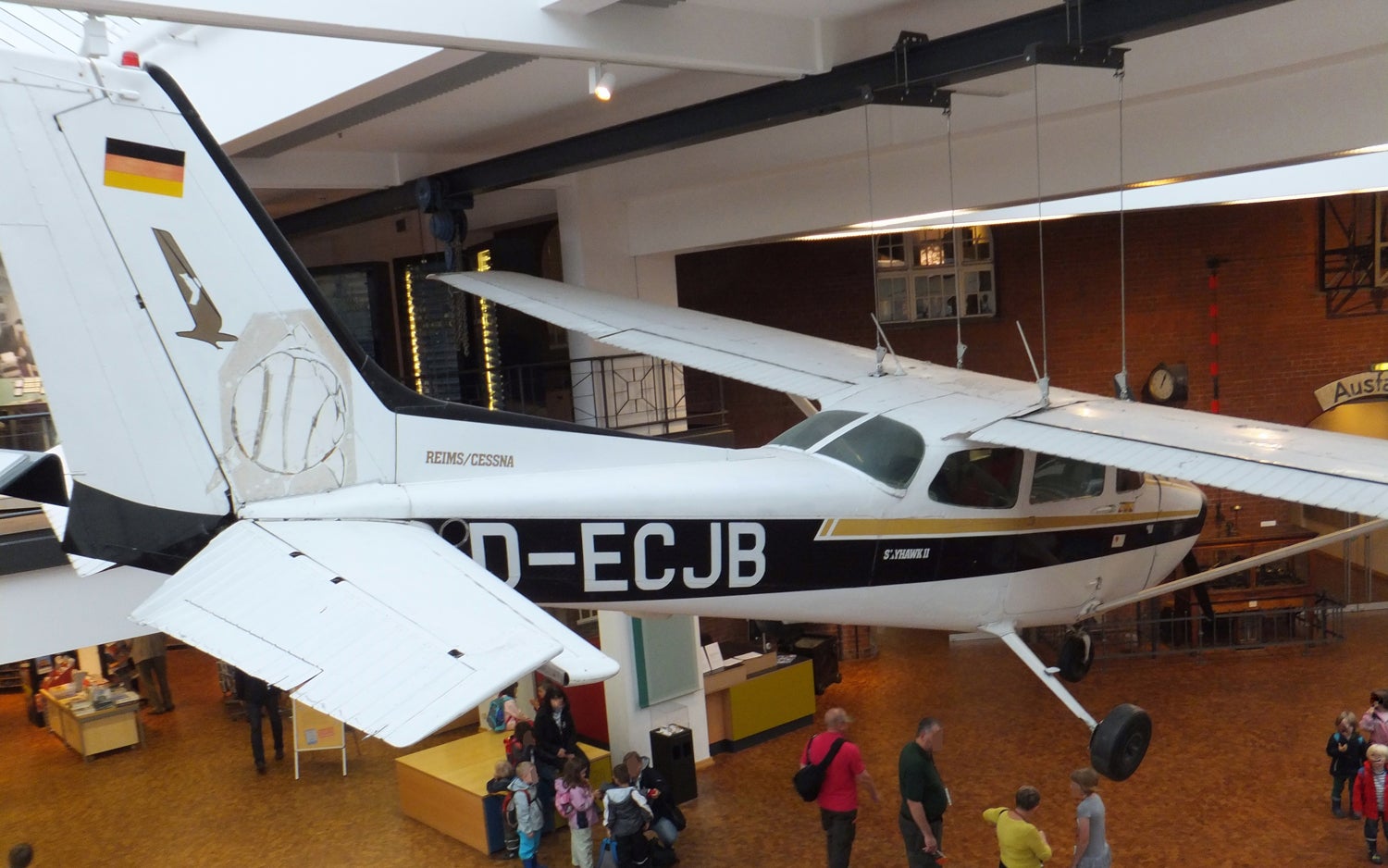
May 28, 1987 – Mathias Rust lands in Moscow’s Red Square. By the mid-1980s, the icy East-West relations of the Cold War were finally showing signs of melting. Mathias Rust, an 18-year-old aviator from West Germany with only 50 hours of flying time, hoped to hasten the thaw by creating what he called an “imaginary bridge” between East and West. Departing from Hamburg on May 13 in a !!!error: Indecipherable SUB-paragraph formatting!!! modified to carry extra fuel, the inexperienced Rust flew first to the Faroe Islands, then Bergen, Norway, then Helsinki, Finland. Departing Helsinki on May 28, he told air traffic controllers he planned to fly to Stockholm, but soon after departure he turned his plane toward Moscow and deactivated the transponder. Rust’s plane was detected on Russian radars, and fighters were scrambled and missiles were targeted, but confusion reigned among the Russian air defenses, and Rust flew on unmolested until he landed his Cessna on a bridge and taxied into the middle of Red Square. In some ways, Rust’s plan to help bring an end to the Cold War was successful. The veneer of invincibility had been removed from the Russian military, and many of the old, entrenched Russian officers who bungled the interception of Rust’s plane were ousted by General Secretary Mikhail Gorbachev, helping to pave the way for reforms that would ultimately lead to the dissolution of the Soviet Union. (Photo by: picturecnb.blogspot.de via !!!error: Indecipherable SUB-paragraph formatting!!! )
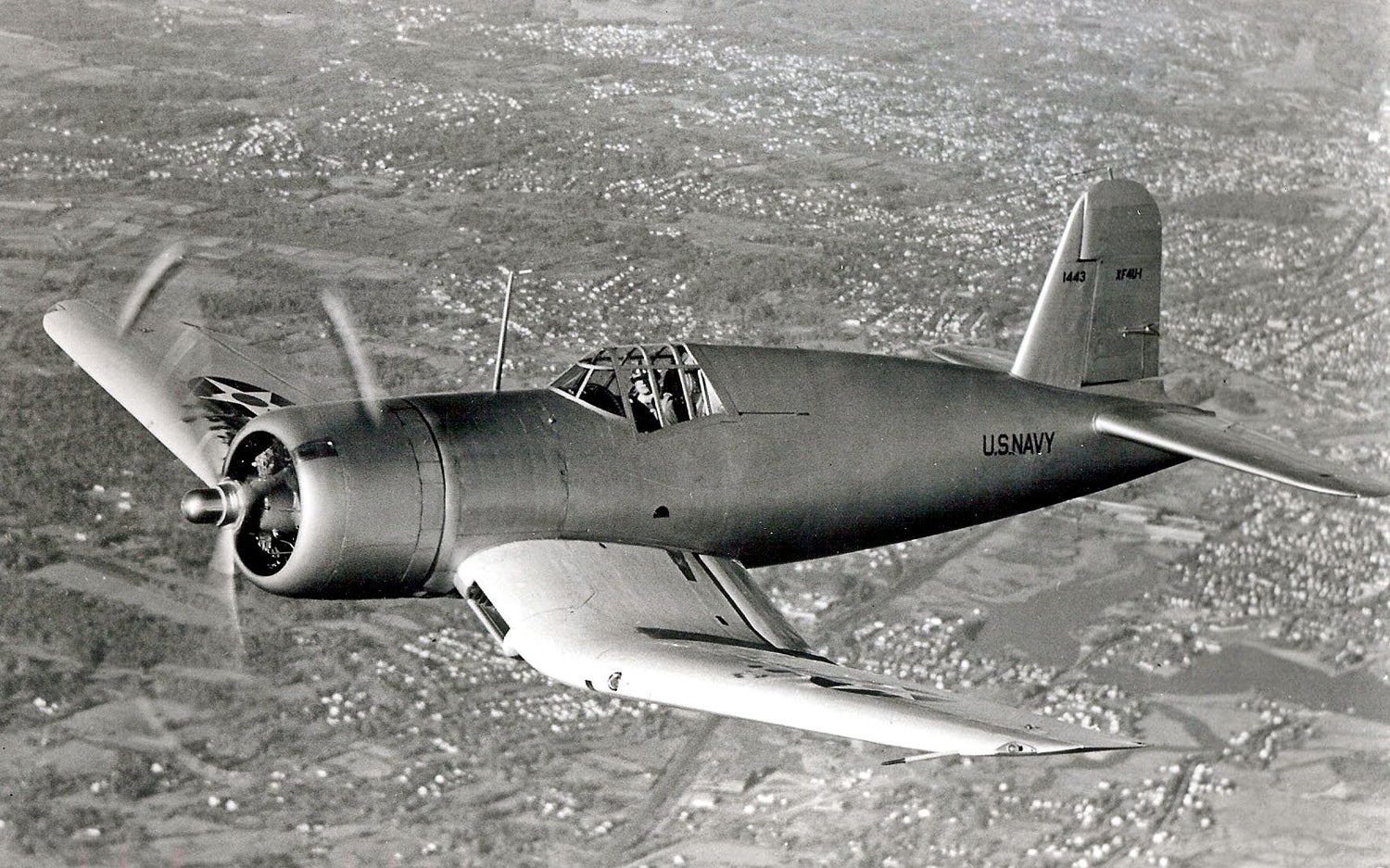
May 29, 1940 – The first flight of the Vought F4U Corsair. In 1938, the US Navy requested proposals for a new high-speed fighter with a range of 1000 miles and armed with four guns plus external stores. Vought-Sikorsky (later Chance Vought) proposed the XF4U-1 and fitted their prototype with an 18-cylinder Pratt & Whitney R-2800 Double Wasp radial engine, the largest engine available at the time. To make the most of the engine’s power, the designers gave the Corsair an enormous 13-foot diameter, three-bladed propeller and, to give the propeller the necessary ground clearance, the XF4U received its characteristic gull wing design that allowed designers to employ the shorter, stronger landing struts necessary for carrier operations. With the huge propeller and 2000 hp at its disposal, the Double Wasp-powered Corsair became the first single-engine American fighter to exceed 400 mph. One drawback of the design was the placement of the cockpit, which limited visibility while landing and made carrier operations dangerous. So, until those problems could be worked out (by the British, ultimately), the Corsair became the favored weapon of land-based Marines in the Pacific, who claimed a 12:1 kill ratio against the Zero by the end of the war. With production divided between Vought, Goodyear and Brewster, a total of 12,571 Corsairs were built between 1942-1953, making it the longest production run of any piston-powered fighter in US history.
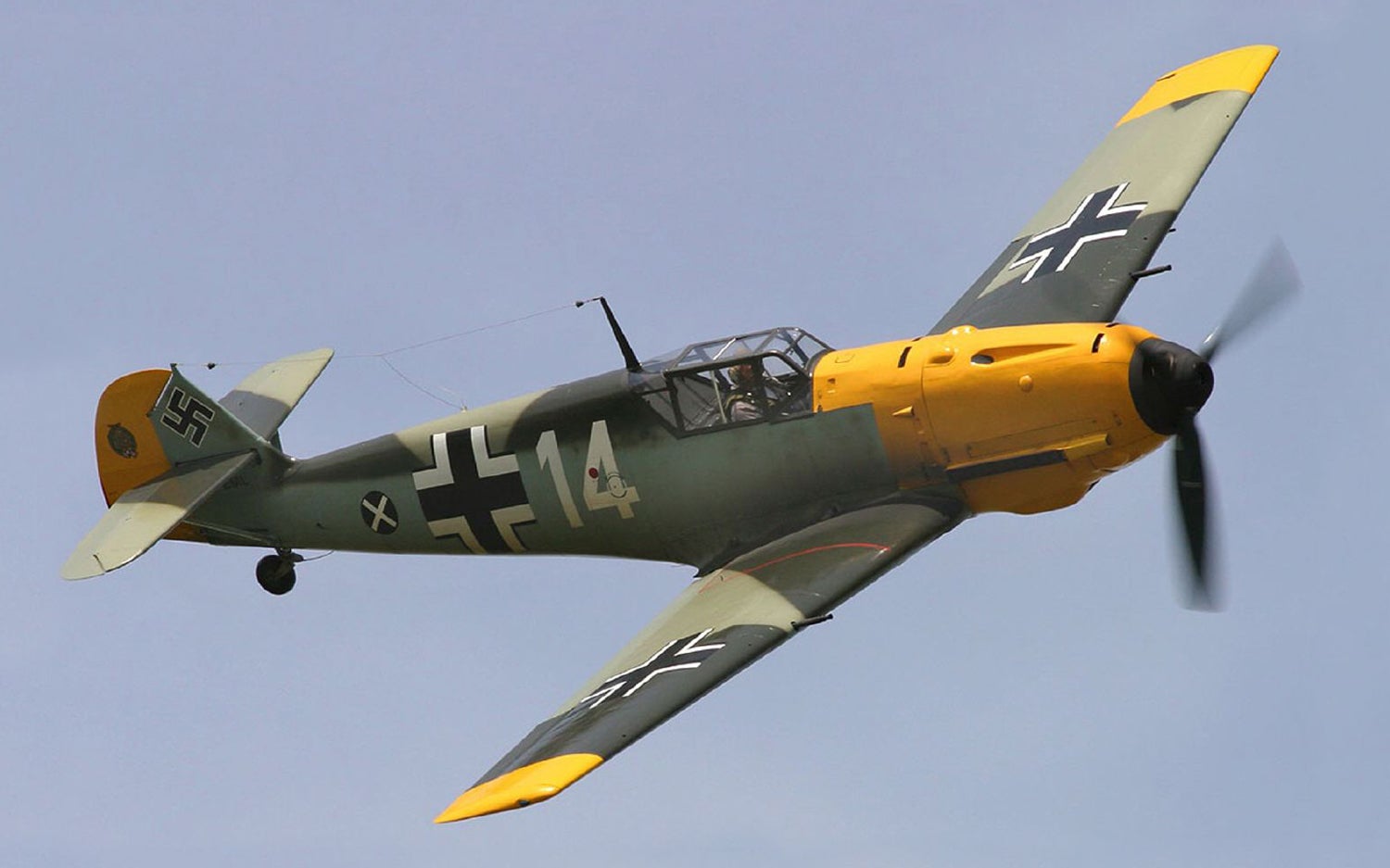
May 29, 1935 – The first flight of the Messerschmitt Bf 109. In the years leading up to Hitler’s ascension to power in 1933, the German military quietly built up its army and air force for what the generals believed would be the next great conflict. By the time Hitler took over, plans were already in the works for four new aircraft for the newly formed Luftwaffe, one of which would be a single-seat tactical fighter. Along with designs from Arado, Focke-Wulf and Heinkel, Willy Messerschmitt and Robert Lusser offered a prototype of the Bayerische Flugzeugwerke (Bf) 109. The 109 represented the new era of fighter design, featuring all-metal monocoque construction, an enclosed cockpit, a single low wing, retractable landing gear, and, in this case, an inverted V-12 engine. The Bf 109 drew its first blood during the Spanish Civil War from 1936-1939, and served through the entirety of WWII as an interceptor, bomber escort, ground attack, and reconnaissance aircraft. Continuous upgrades kept the 109 current and at least on par with most Allied designs, especially in the hands of a well-trained pilot. Roughly 34,000 Bf 109s were produced, the most of any fighter in history. (Photo by D. Miller via !!!error: Indecipherable SUB-paragraph formatting!!! )
Short Take Off
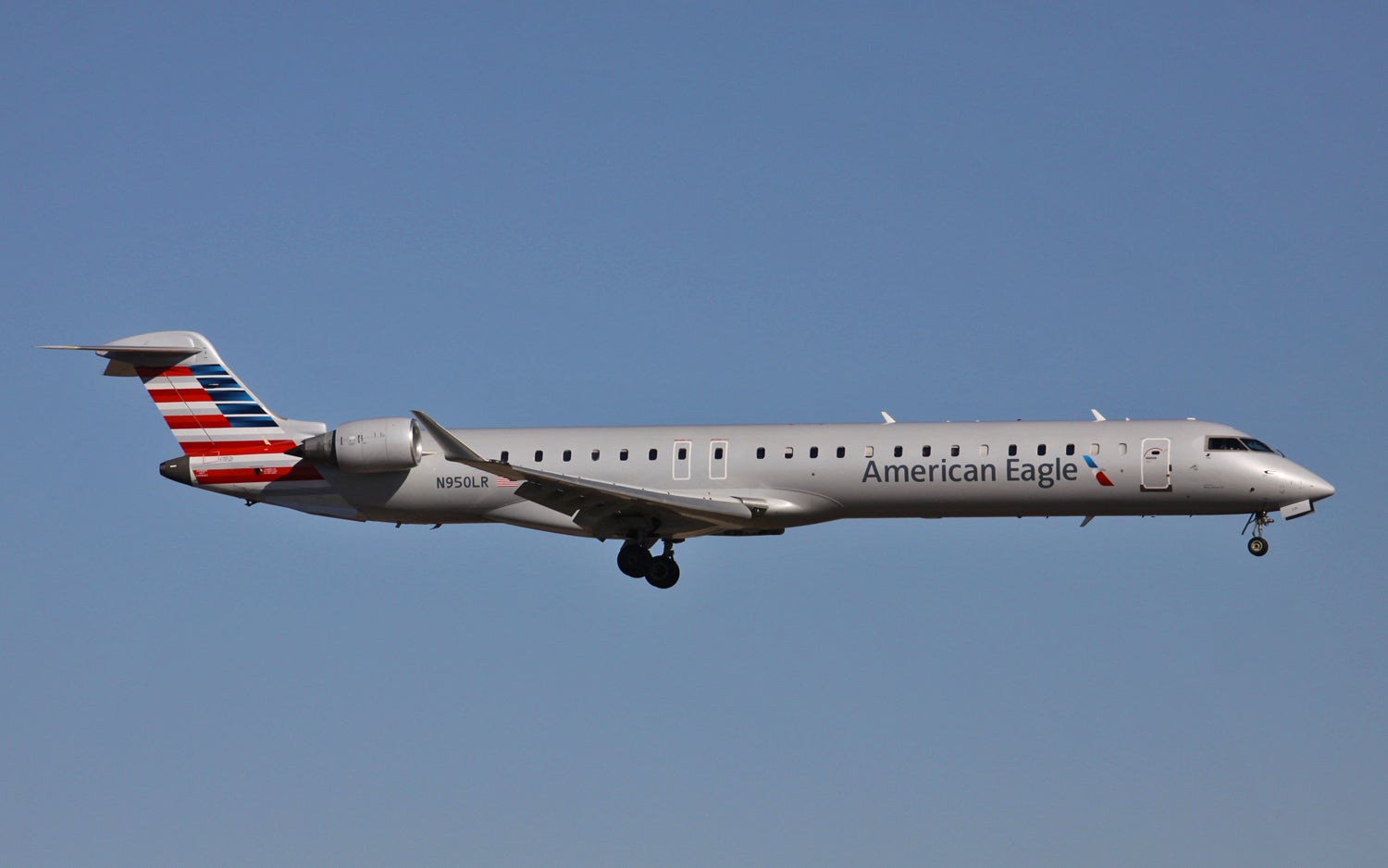
May 27, 1999 – The first flight of the Bombardier CRJ-900 regional airliner , a stretched version of the CRJ-700 seating 76 passengers.
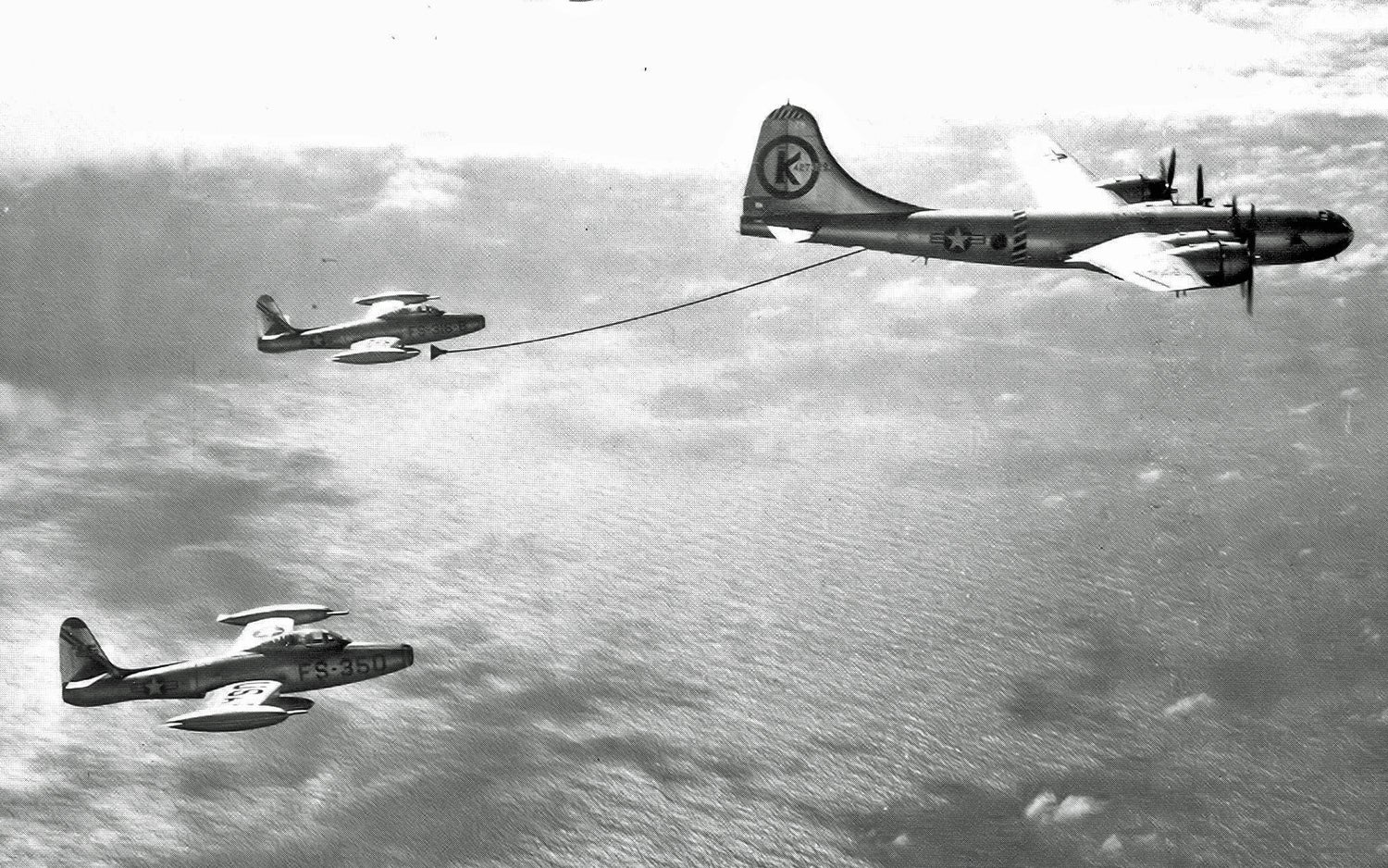
May 29, 1952 – The first use of aerial refueling in combat , as twelve Republic F-84 Thunderjets are refueled by a Boeing KB-29M on a mission to North Korea.
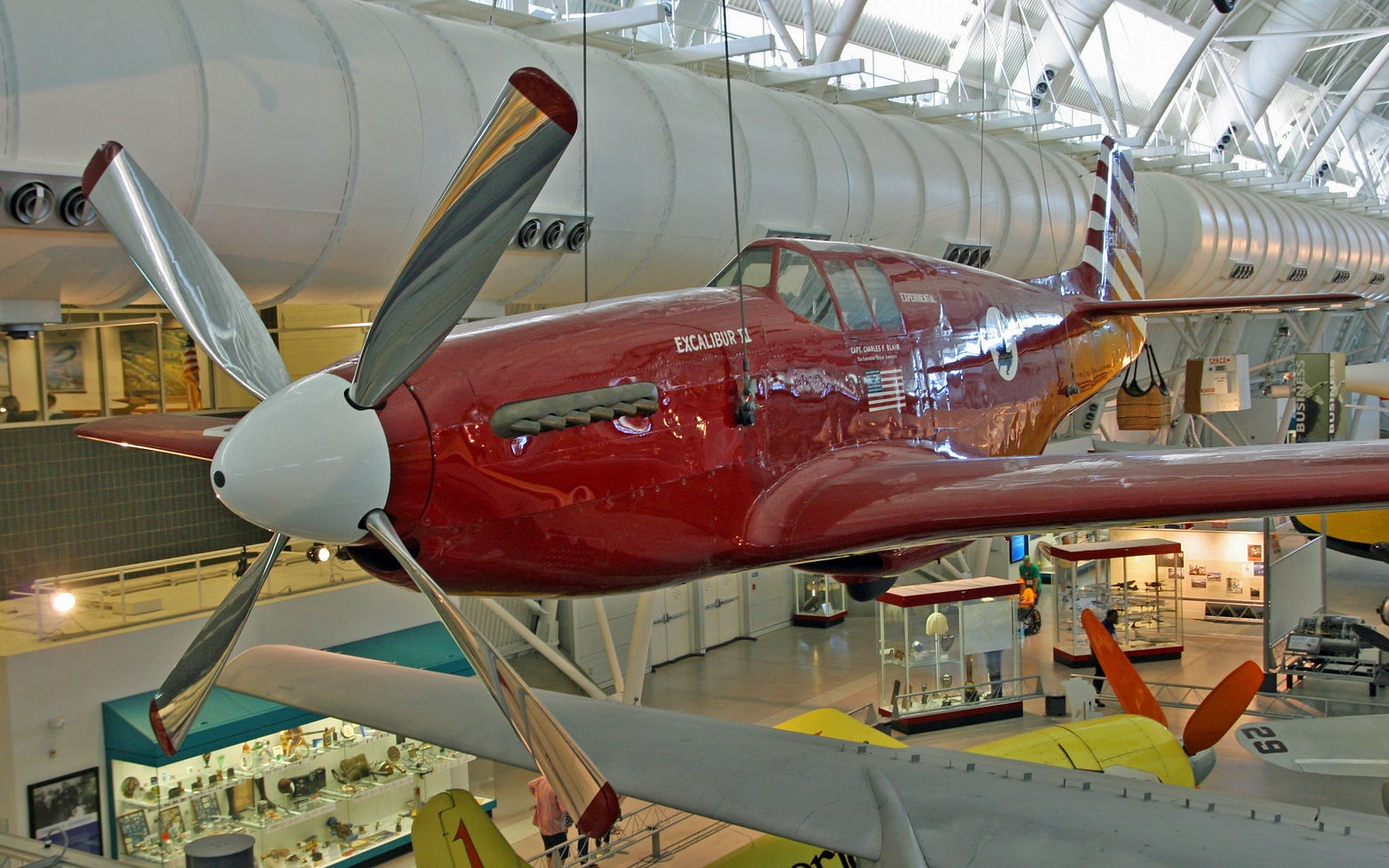
May 29, 1951 – Capt. Charles F. Blair makes the first solo flight over the North Pole , flying from Bardufoss, Norway to Fairbanks, Alaska in his North American P-51C Mustang nicknamed Excalibur III . His aircraft is now on display at the Steven F. Udvar-Hazy Center in Virginia.
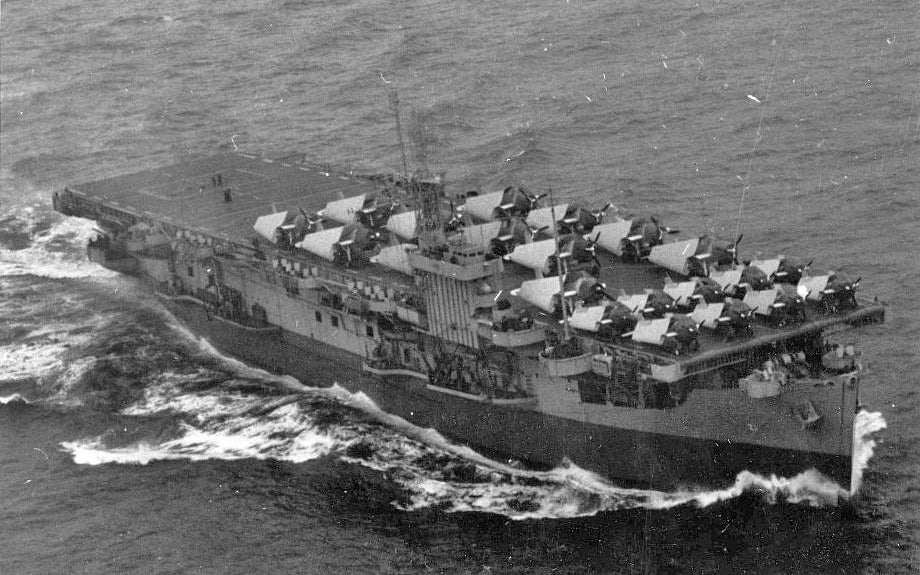
May 29, 1944 – The American escort carrier USS Block Island (CVE-21) is torpedoed and sunk near the Azores , the only US Navy carrier lost in the Atlantic.
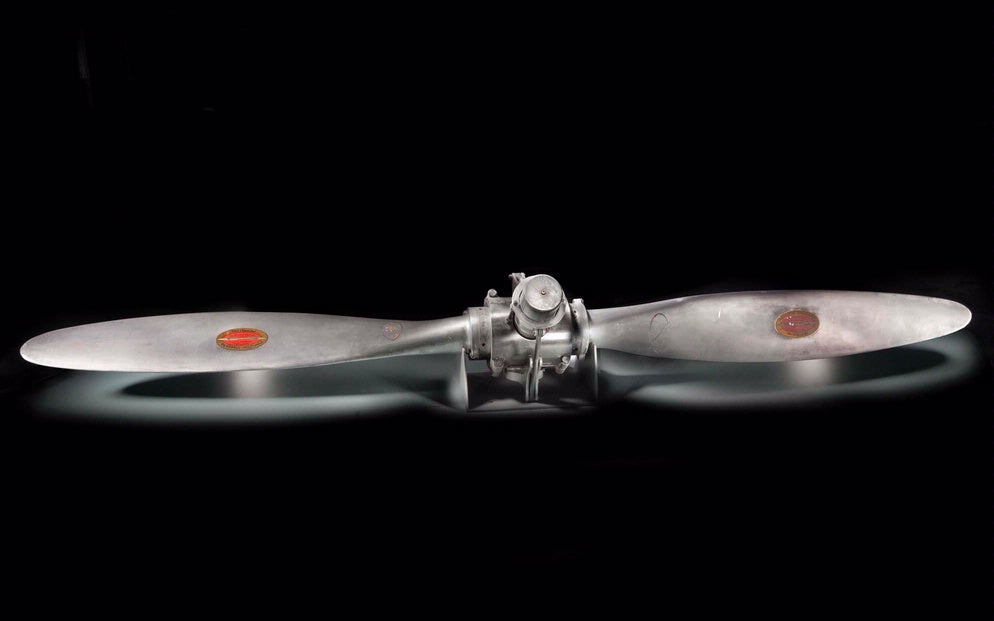
May 29, 1933 – Frank W. Caldwell and the Hamilton Standard Propeller Company win the Collier Trophy for development of the controllable-pitch propeller , which allowed pilots to alter the angle of attack of the propeller blades during flight. ( Photo: !!!error: Indecipherable SUB-paragraph formatting!!! )
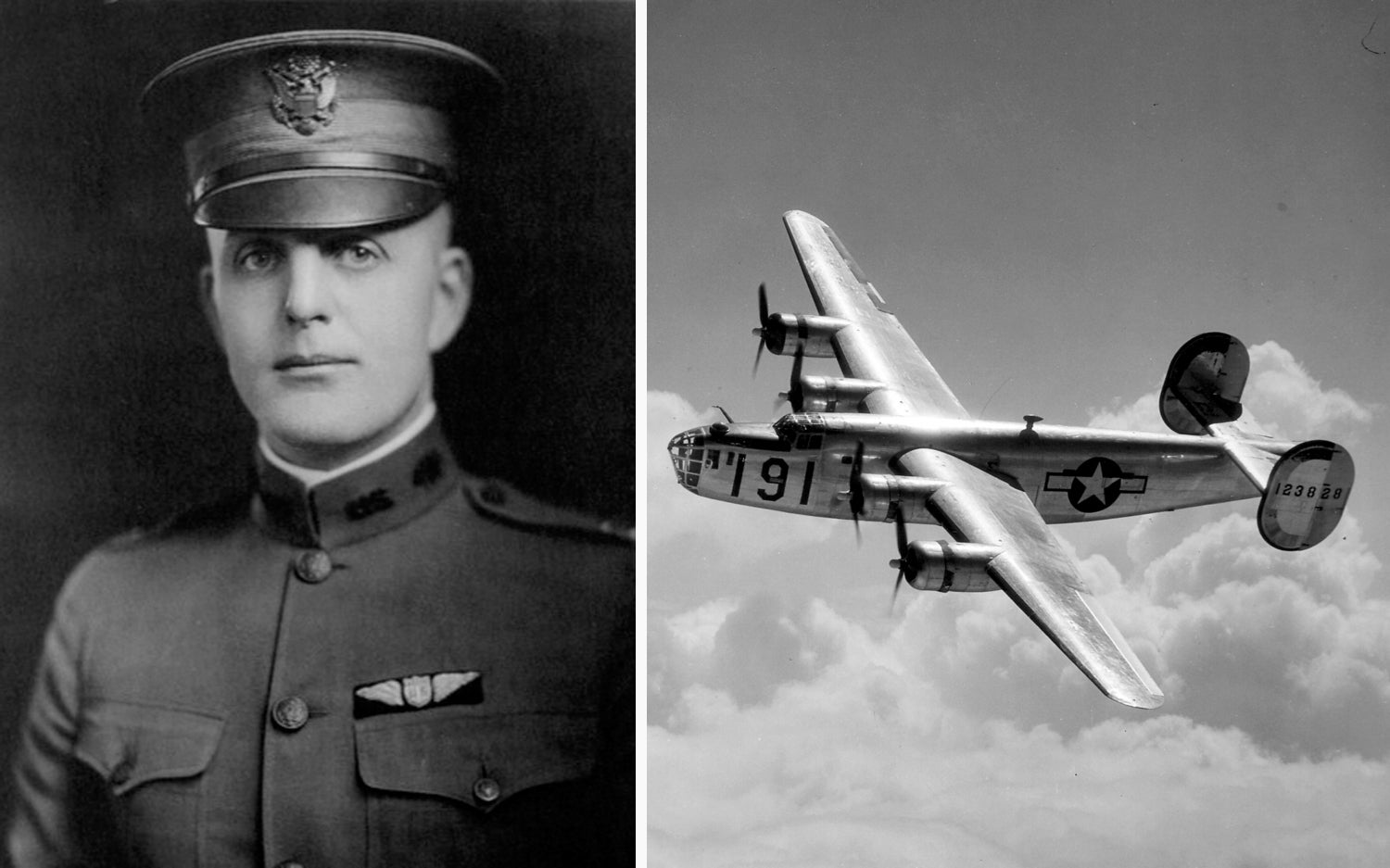
May 29, 1923 – Reuben Fleet founds Consolidated Aircraft Corporation
. Best known for production of the PBY Catalina seaplane and the B-24 Liberator bomber, Consolidated merged with Vultee Aircraft in 1943 to form Consolidated-Vultee Aircraft, or Convair.
••••••••••••••••••••••
If you enjoy these Planelopnik History posts, please let me know in the comments. And if you missed any of the past articles, you can find them all at !!!error: Indecipherable SUB-paragraph formatting!!! .
All photos are Public Domain, taken by the Author or otherwise credited.
 Dukie - Jalopnik Emergency Management Asshole
> ttyymmnn
Dukie - Jalopnik Emergency Management Asshole
> ttyymmnn
05/29/2015 at 11:13 |
|
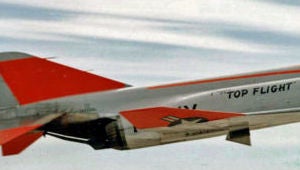
It’s kind of funny that they started with orange tips, and ended with orange tips.
Phantoms Phorever. Recntly the last QF-4 Phantom was splashed.
http://www.mypanhandle.com/story/d/story/…
 For Sweden
> ttyymmnn
For Sweden
> ttyymmnn
05/29/2015 at 11:18 |
|
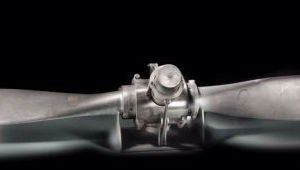
For people who don’t understand the significance of the controllable pitch propeller, imagine transmissions had just been invented.
 Jcarr
> ttyymmnn
Jcarr
> ttyymmnn
05/29/2015 at 11:19 |
|
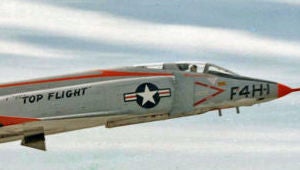
Fun fact : The F-4C was originally called the F-110 Spectre by the Air Force, but it was changed to F-4C after the Air Force and Navy adopted the new, consolidated naming conventions in 1962.
 Racescort666
> ttyymmnn
Racescort666
> ttyymmnn
05/29/2015 at 11:25 |
|
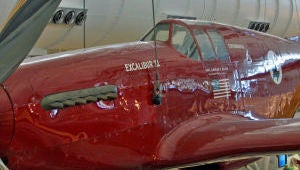
I literally just saw this exact plane on Monday.
 ttyymmnn
> Racescort666
ttyymmnn
> Racescort666
05/29/2015 at 11:30 |
|
I literally just saw it last June, and will probably see it again this July.
 The Powershift in Steve's '12 Ford Focus killed it's TCM (under warranty!)
> ttyymmnn
The Powershift in Steve's '12 Ford Focus killed it's TCM (under warranty!)
> ttyymmnn
05/29/2015 at 13:27 |
|
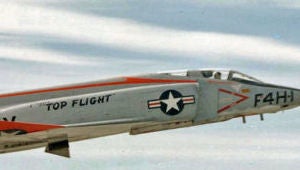
The early, low canopy sure looked cool, but must have sucked to fit under. Could a RIO even fit under the low rear glass?
 The Powershift in Steve's '12 Ford Focus killed it's TCM (under warranty!)
> ttyymmnn
The Powershift in Steve's '12 Ford Focus killed it's TCM (under warranty!)
> ttyymmnn
05/29/2015 at 13:29 |
|
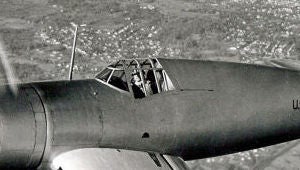
Speaking of cool looking, but impossible to see out of cockpits...
 ttyymmnn
> The Powershift in Steve's '12 Ford Focus killed it's TCM (under warranty!)
ttyymmnn
> The Powershift in Steve's '12 Ford Focus killed it's TCM (under warranty!)
05/29/2015 at 13:38 |
|
It seems that there wasn't much concern for the back seater to have much visibility in some of these older jets. Sometimes they just got a porthole to look out of. I'm sure they were happy when they got more glass.
 user314
> ttyymmnn
user314
> ttyymmnn
05/29/2015 at 13:54 |
|
Visibility for the pilot sometimes wasn’t a priority.
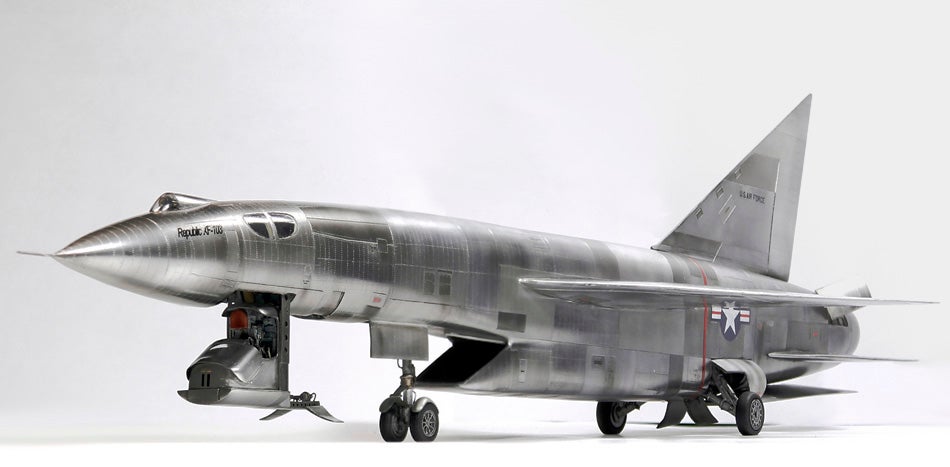
 user314
> ttyymmnn
user314
> ttyymmnn
05/29/2015 at 14:00 |
|
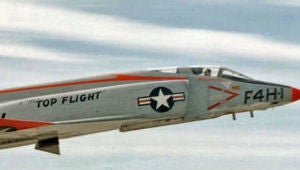
And 57 years later, variants of the Phantom are still in service. The designers got it right .
 ttyymmnn
> user314
ttyymmnn
> user314
05/29/2015 at 14:06 |
|
Ah, the XF-103. I haven’t seen a photo (or rendering) of that plane with the top blister like that. The 103 never got beyond mock up, and the pilot was expected to see forward through a periscope. Probably not the best arrangement. However, Charles Lindbergh flew across the Atlantic in a plane that had no front window.
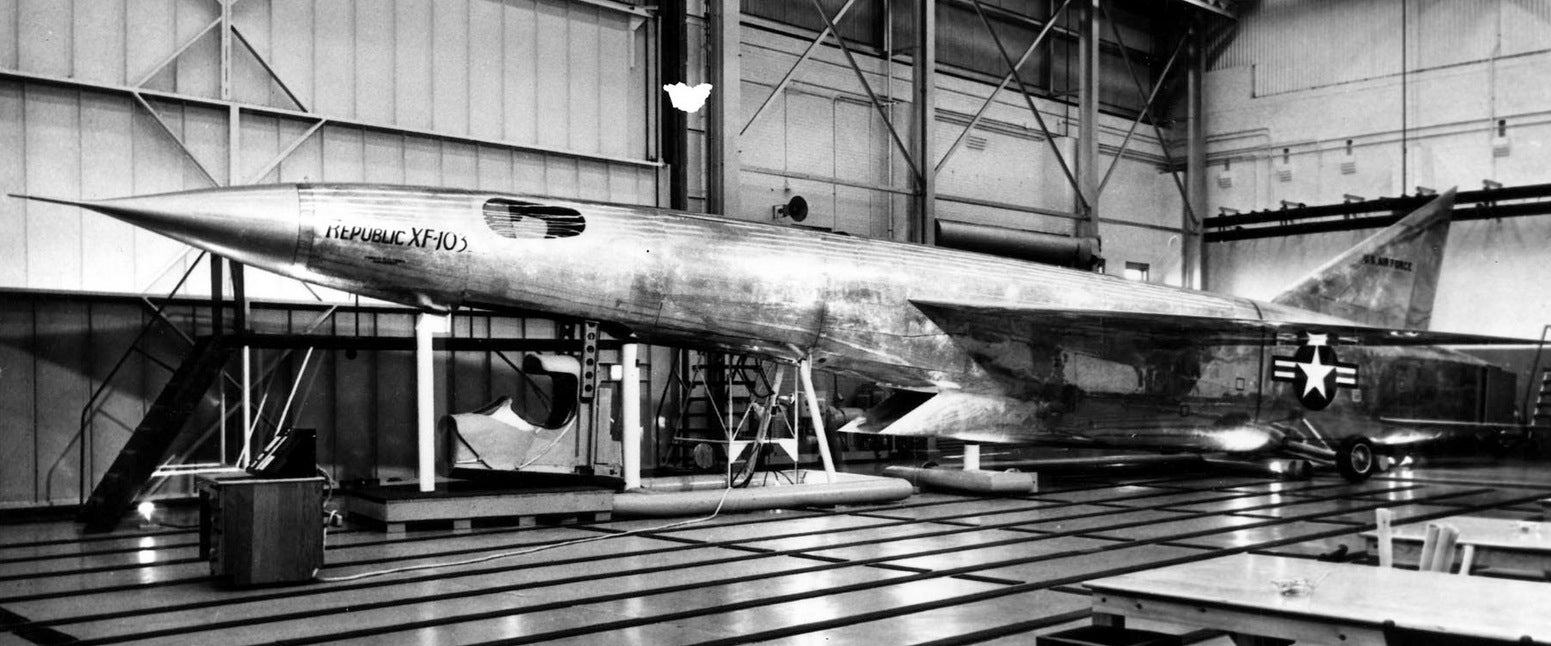

 ttyymmnn
> user314
ttyymmnn
> user314
05/29/2015 at 14:07 |
|
That they did.
 S2Konstantin
> For Sweden
S2Konstantin
> For Sweden
05/29/2015 at 19:55 |
|
The CVT of the sky!
 ttyymmnn
> The Powershift in Steve's '12 Ford Focus killed it's TCM (under warranty!)
ttyymmnn
> The Powershift in Steve's '12 Ford Focus killed it's TCM (under warranty!)
06/01/2015 at 16:46 |
|
Starting with the
F4U1-A
, the birdcage canopy was scrapped in favor of a somewhat bubble-shaped plexiglass canopy, and the pilot’s seat was raised. But they
really
fixed it with the F2G Super Corsair when they switched to a bubble canopy. Only 10 Super Corsairs were built, since the performance increase from the larger engine made it no better than the Grumman F8F Bearcat, which used the same engine as the original Corsair and was already in production. Of the ten built, there is only one still flying. The plane in this photo was lost, along with its pilot, in a crash in 2012. The other,
Race 57
, is an air racer.
